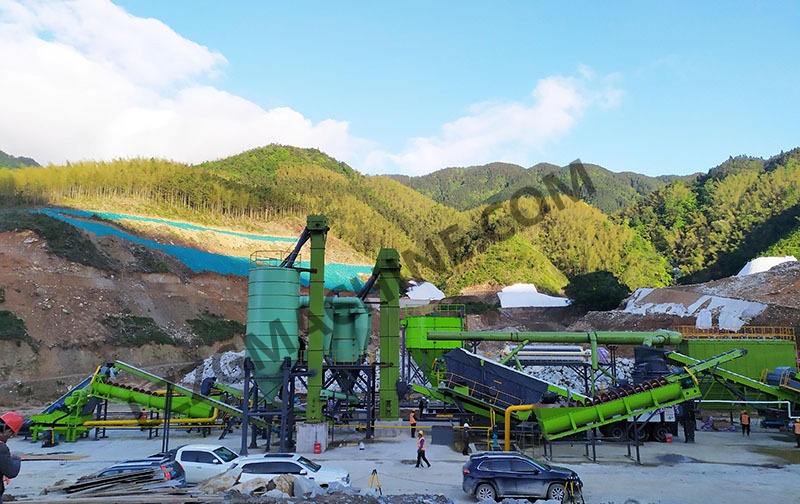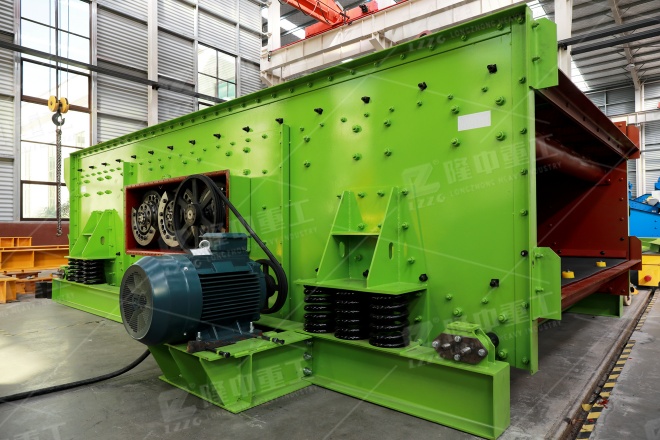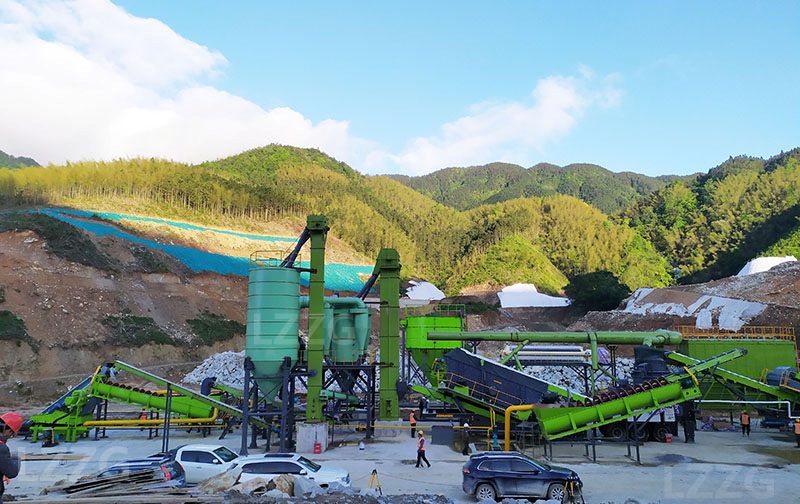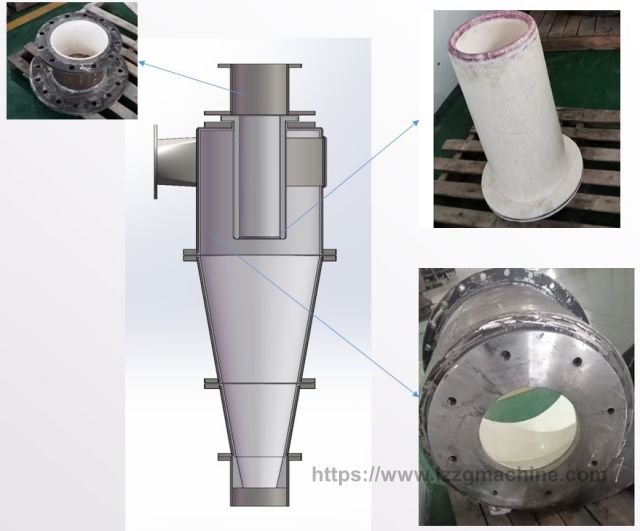Photovoltaic silica sand purification process has a breakthrough
 July.05,2023
July.05,2023

Photovoltaic glass is generally used as the encapsulation panel of photovoltaic modules, which is in direct contact with the external environment. Its weather resistance, strength, light transmittance and other indicators play a central role in the life of photovoltaic modules and long-term power generation efficiency. At present, photovoltaic glass has three main product forms: ultra-clear patterned glass, ultra-clear processed float glass, and transparent conductive oxide (TCO) glass.
The iron content of photovoltaic glass is lower than that of ordinary glass, generally controlled at about 0.015%-0.02%. Therefore, silica sand with high light transmittance and low iron content should be used in the production of raw glass. The content of silicon dioxide and iron in silica sand determines its quality. .
The purification of silica sand needs to be completed by water washing, graded desliming, wiping, magnetic separation, flotation, pickling and other processes. Among them, pickling is to put the silicon material that needs to be pickled into the pickling tank for pickling. The washing solution is a mixed acid of hydrofluoric acid and oxalic acid. The impurity minerals and metal impurities on the surface of the silicon material are removed by pickling, and then the treatment can be completed. Further purification of quartz. The pickling process is highly corrosive to the tank body, and anti-corrosion is a major problem. Usually, conventional anti-corrosion materials have a short service life. Through long-term market verification and experience, the use of ZS-1033 hydrofluoric acid-resistant anti-corrosion coating and carbon fiber reinforced anti-corrosion can extend the service life of equipment by more than 3 times, reduce maintenance and increase production capacity.





